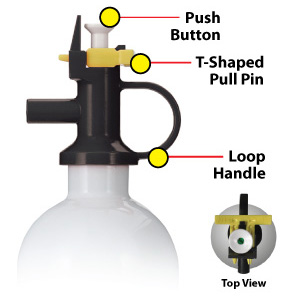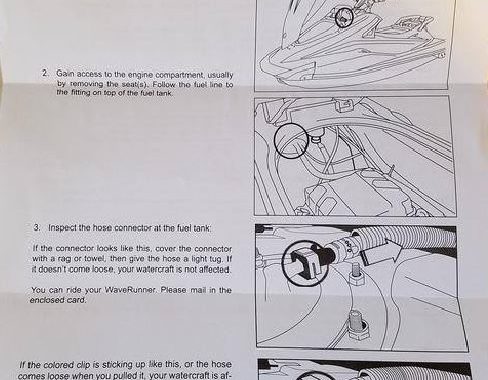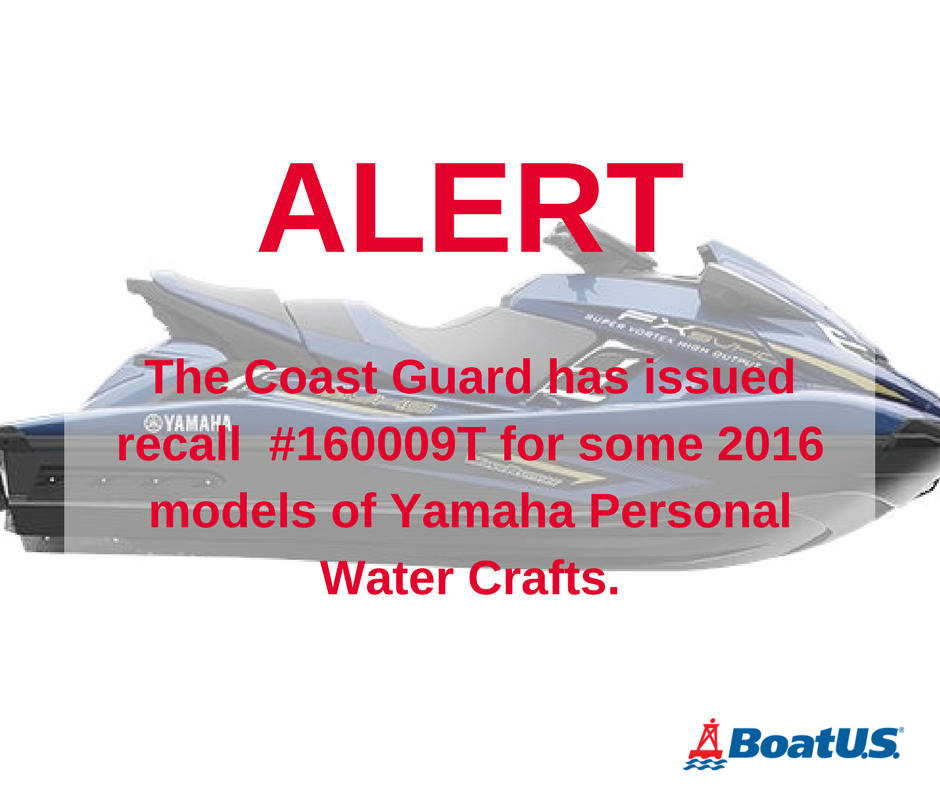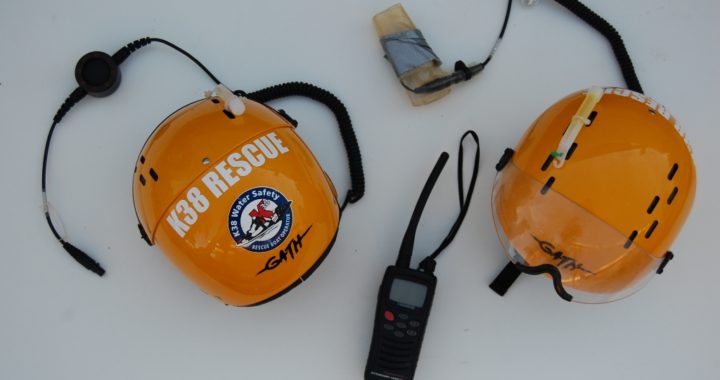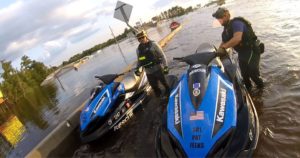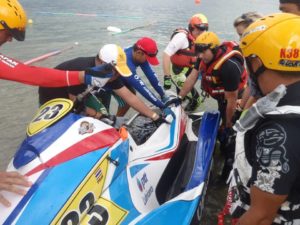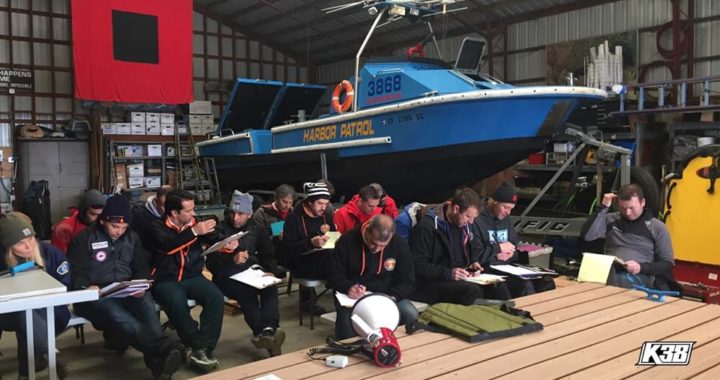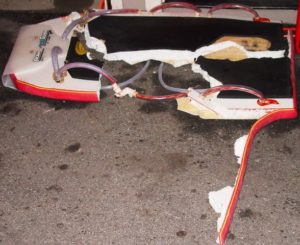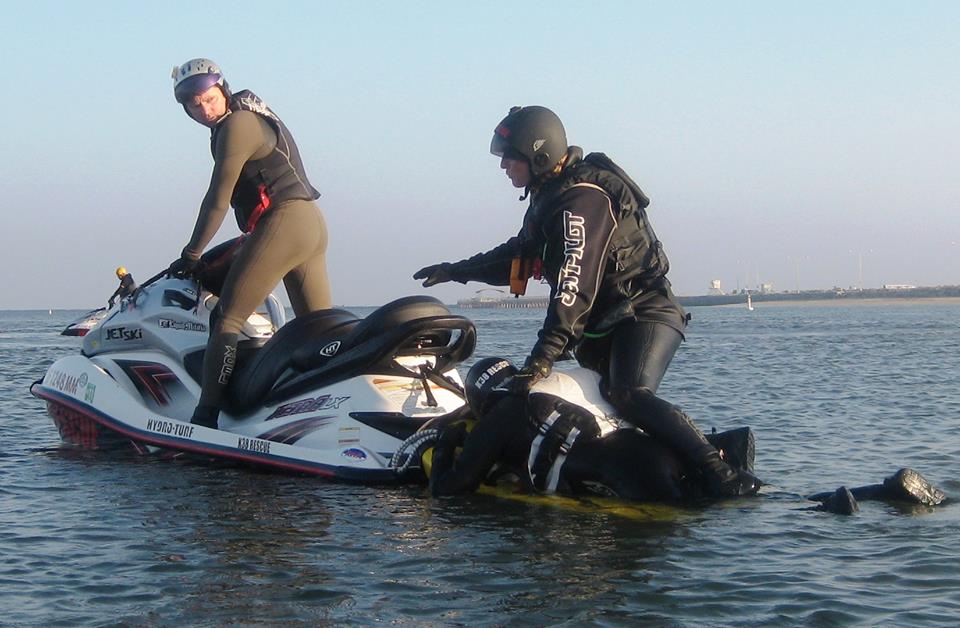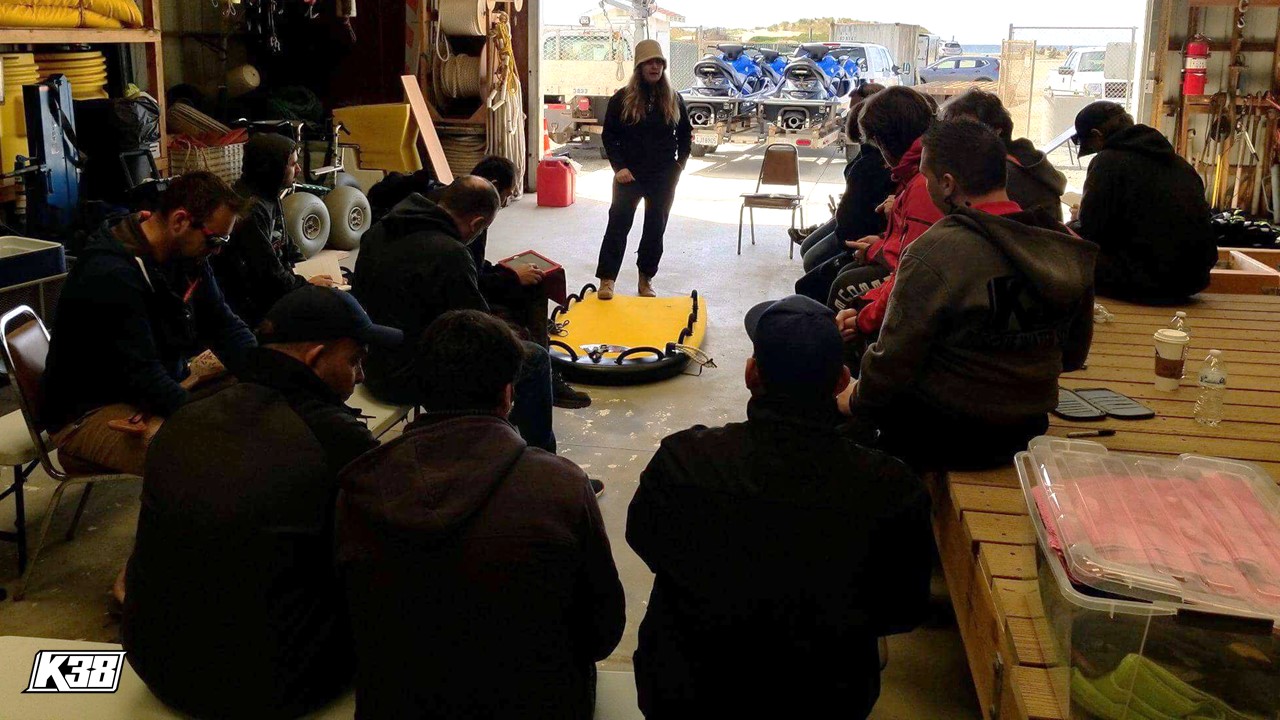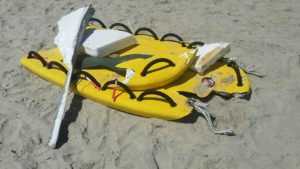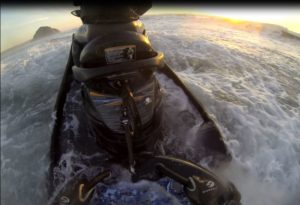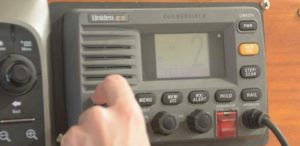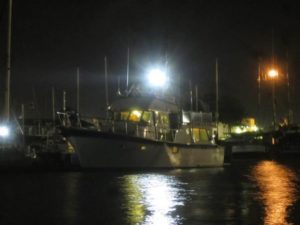RECALL
Back in late 2017 a Kidde fire extinguisher recall notice was sent throughout our Marine community. However we have noticed many of our colleagues are not using fire extinguishers in their Rescue Water Craft. We are required by law to carry on board the proper fire extinguisher. Since the recall, there has been confusion on what type will fit in the secure areas onboard Rescue Water Craft. Sharing with you the fire extinguishers we are using on our K38 Kawasaki Ultra LX Jet Skis. Please read this article and make sure you replace yours if you did not get the notice!
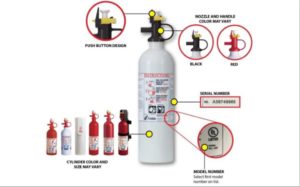
November 2, 2017 - In conjunction with the U.S. Consumer Product Safety Commission (CPSC), Kidde announced a recall to replace certain Kidde fire extinguishers. The replacement program was initiated because certain fire extinguishers can become clogged or require excessive force to activate, posing a risk of failure to discharge. In addition, the nozzle can detach with enough force to pose an impact hazard. The product recall involves two styles of Kidde disposable fire extinguishers: plastic handle fire extinguishers and plastic push-button fire extinguishers.
At Kidde, the safety of our customers is our priority. We have identified a potential product safety issue related to certain fire extinguishers.
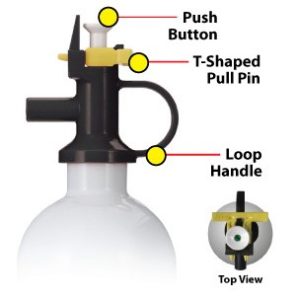
As a result, Kidde is voluntarily recalling these extinguishers. This guide will help you identify whether your fire extinguisher is included in the recall, and show you where to find the information needed to process your request for a free replacement.
Affected Fire Extinguishers with Plastic Handles
There are two styles of fire extinguishers included in the recall: certain plastic handle fire extinguishers and push-button Pindicator fire extinguishers.
If the extinguisher has a gauge, the first thing to look for is a vertically oriented pull pin that is either fixed with two connections or hanging with a single connection.
Push-Button Pindicator Fire Extinguishers
The other type of affected extinguisher is the push-button Pindicator design. These extinguishers have push buttons, and a T-shaped pull pin and a loop handle. These units come in two sizes and are either red or white.
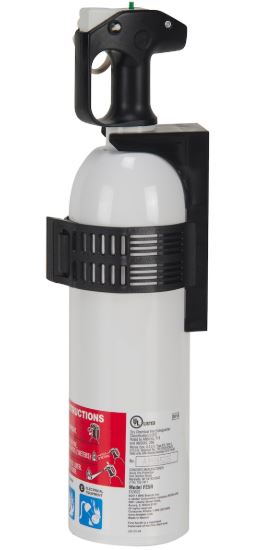
First Alert Marine Compact Fire Extinguisher 5-B:C
REPLACE
Note to Personal Watercraft Owners
If your push-button Pindicator model is used with a personal watercraft, Kidde does not currently have an exact replacement for it, but will provide a replacement that is U.S. Coast Guard rated, and similar in size. While it may not fit in the same location as the extinguisher that you currently have, there may be another space on your watercraft where the extinguisher can be stored or mounted.
PLEASE NOTE THAT THE KIDDE REPLACEMENT MANY NOT FIT IN EXISTING PERSONAL WATERCRAFT COMPARTMENTS, WE DO HOWEVER HAVE A LIMITED QUANTITY OF EXACT FIT REPLACEMENTS AVAILABLE IN OUR SERVICE DEPARTMENT. GIVE US A CALL TODAY (231) 220-2128 FOR DETAILS ON THE REPLACEMENT.
Non-Affected Fire Extinguishers with Metal Handles
If your extinguisher has a metal handle and metal pull pin – in any style – it is not affected.
Non-Affected Fire Extinguishers with Plastic Handles
Plastic handle extinguishers with horizontal plastic pull pins and a curved black plastic handle are also not affected.
These units come in various sizes and are either red, white or silver and can be ABC or BC rated but the important thing to remember is the horizontal plastic pull pin and curved black plastic handle.
For more information about how to determine if your extinguisher is affected:
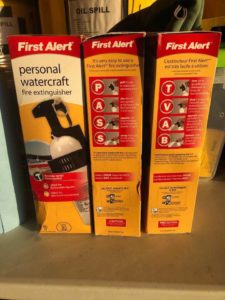
We have Four Kawasaki Ultra LX 2017 Jet Ski models currently. These are the fire extinguishers we recommend.
_________________
Posted: 8.31. 2018
Have any questions? Join the Rescue Water Craft Association
and discover what your community is doing to modernize standards, safety and reduce liability!
Join the Rescue Water Craft Association
Content Creator: Shawn Alladio cares most about her community and the culture surrounding the safety of event service providers and Rescue Water Craft operators, working hard and dedicated towards protecting their reputation, distributing safety information and continuing to train these amazing individuals to the highest standards of care.
Use at your own risk. Please take a qualified Rescue Water Craft training course and maintain proper records and respect all the PWC, RWC, PPE, and gear OEM manufacturer warning labels and cautions.
